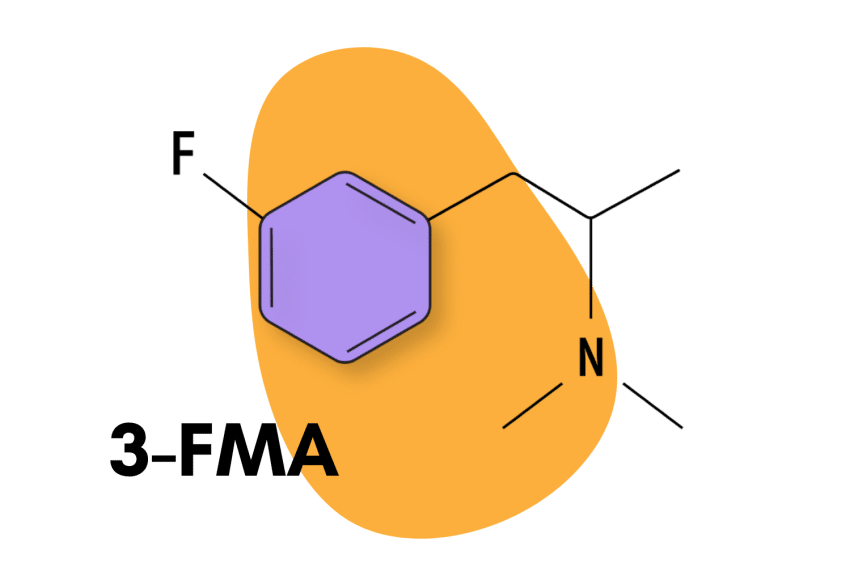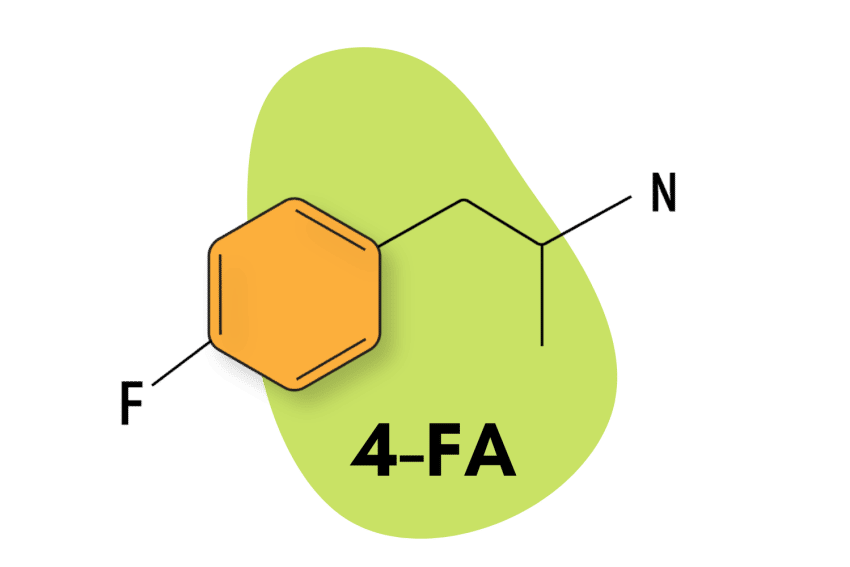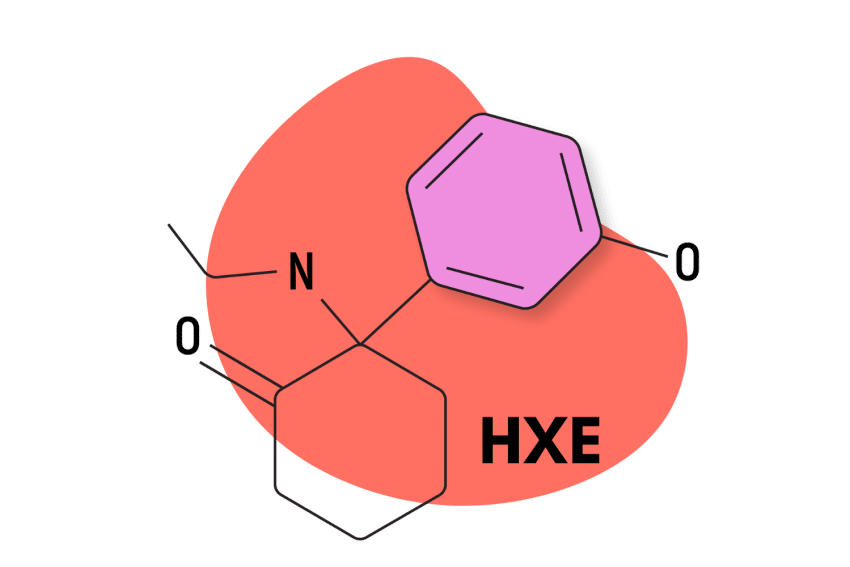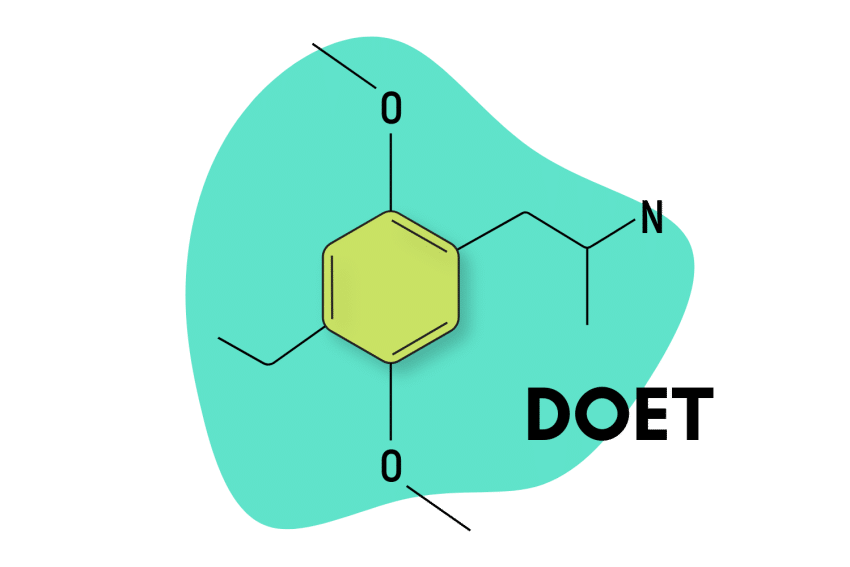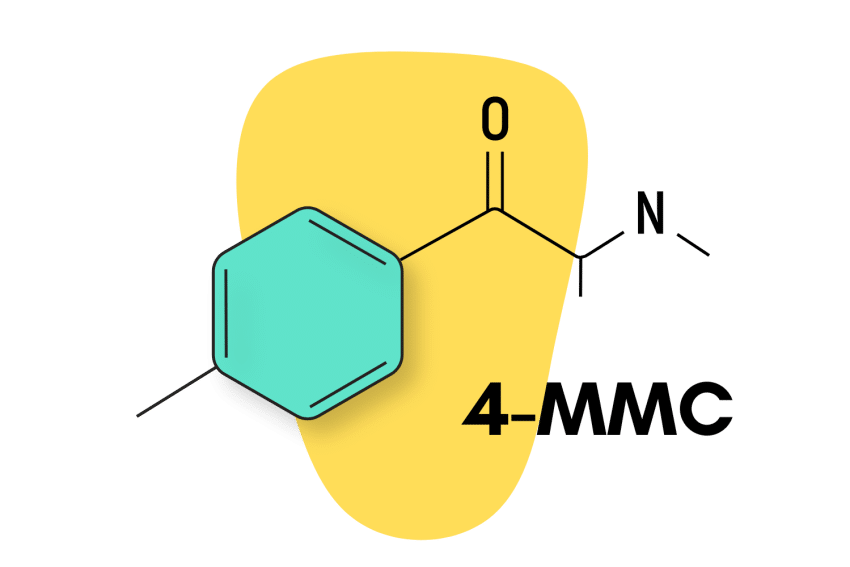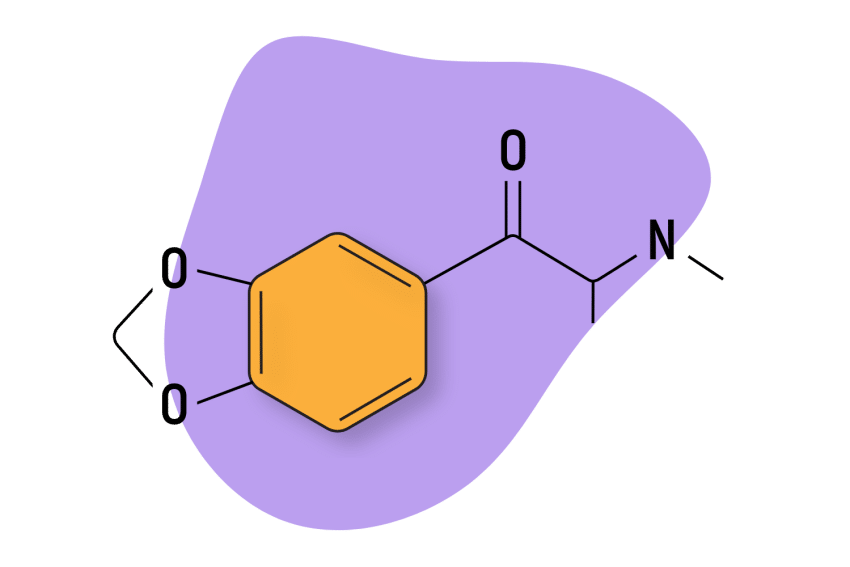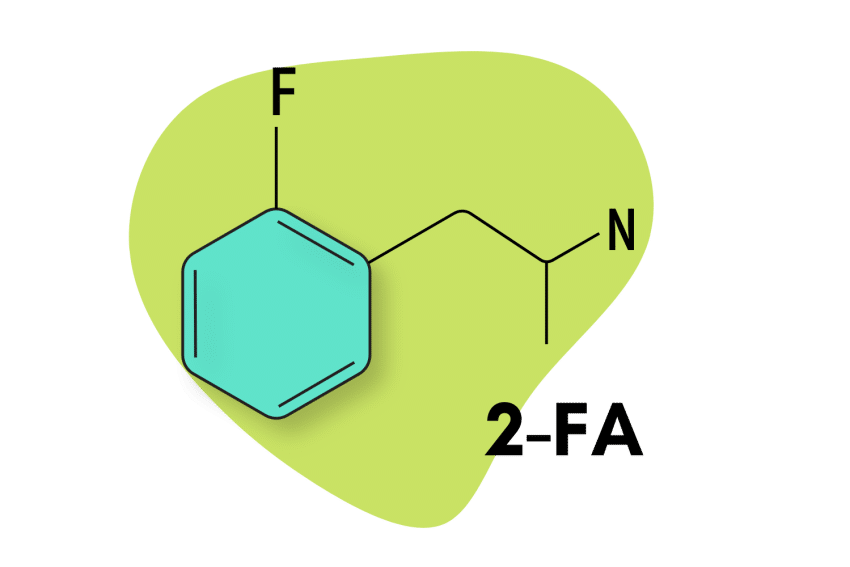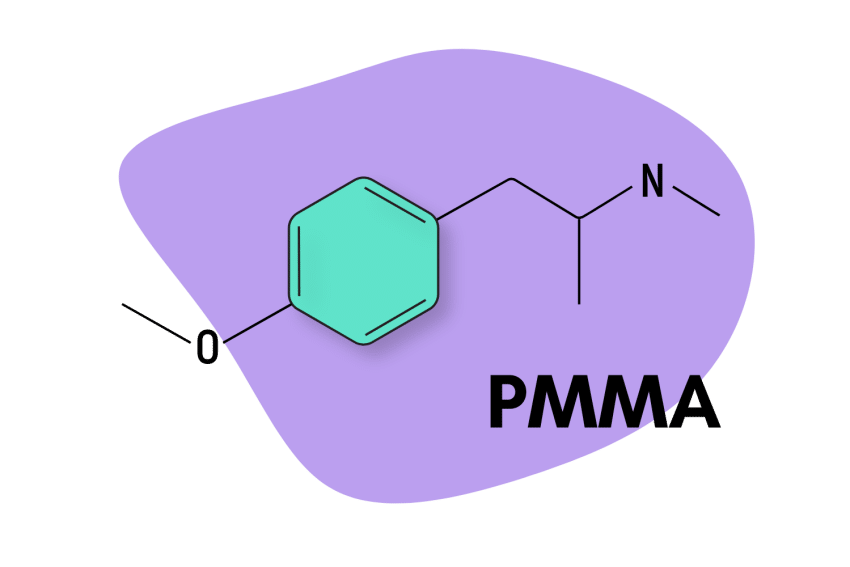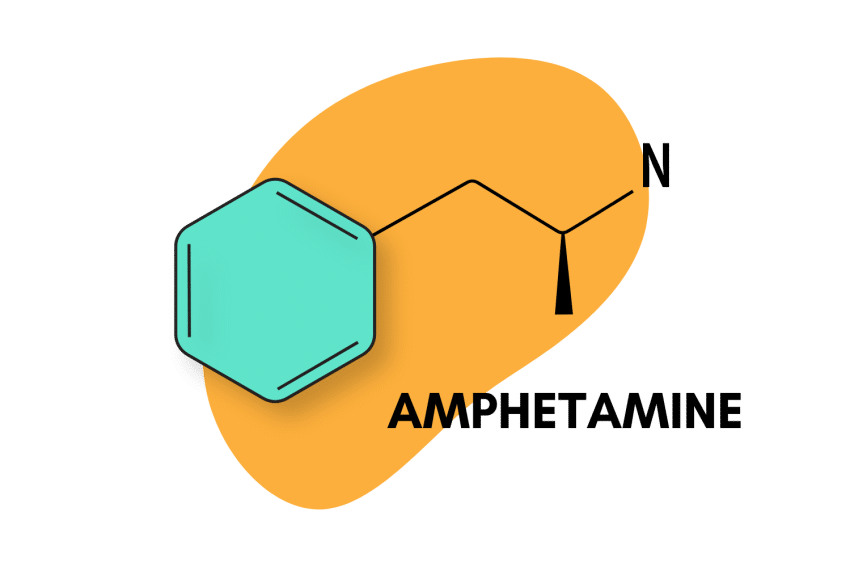Adderall Tolerance: When Your Brain Says ‘Meh’ to Your Meds (Tolerance Breaks 101)
The longer you take stimulants like Adderall or Vyvanse, the more you’ll need to take to experience the same effects. This is called tolerance. It’s a major problem for people prescribed these medications — here’s how to beat it using scheduled “tolerance breaks.”
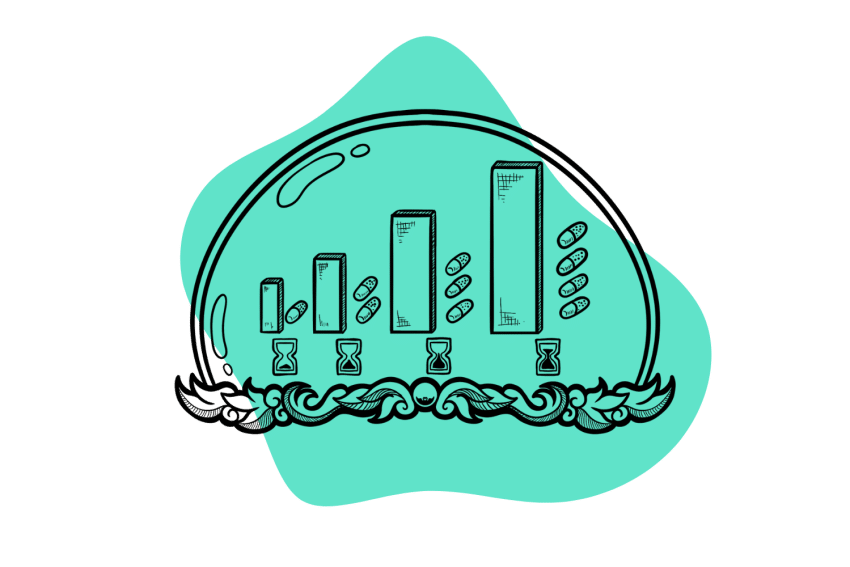
When we started looking into the issues surrounding recent claims of ineffective or unstable stimulant medications, we were surprised to find many people had not been told to take a tolerance break.
Of the nearly 2,000 responses we’ve received so far, over half of our respondents take tolerance breaks, but less than 20% said their provider mentioned them at all.
Healthcare providers aren’t the bad guy in this. With very little research and no encouragement from manufacturers, tolerance is a point of confusion, and nobody wants patients to refrain from taking medication if they don’t need to.
Every stimulant on the market builds tolerance in users — let’s break down how, ways to avoid it, and techniques to reset your tolerance.
What Is Stimulant Tolerance?
Tolerance occurs when a person requires a larger quantity of a drug to achieve the same effects or can no longer feel them regardless of dosage. This happens across the board with substances, and ADHD medication is no exception.
As you continue taking your medication, your body adapts to its presence. The body wants to maintain equilibrium, so when we take drugs that alter the system on a consistent basis, it makes adjustments to counteract the medication.
This means you have to take more of the drug to experience the same potency of effects.
Signs you may be experiencing a tolerance issue with your medication include [1]:
- Requiring larger doses to achieve the desired effect
- Feeling lethargic throughout the day and less able to concentrate
- Irritability, mood swings, and other emotional disturbances
Since everyone’s physiological makeup is different, the rates at which tolerance varies as well. One retrospective review found 24.7% of patients taking ADHD medication would develop a tolerance within as few as three days [3].
For others, it may take up to a year.
Related: Learn About Magic Mushroom Tolerance & LSD Tolerance
What’s The Difference Between Tolerance, Addiction, & Dependence?
Tolerance, dependence, and addiction are often used interchangeably, but they have major differences. Let’s examine them through the lens of a stimulant drug as many as 85% of Americans consume every day: caffeine [2].
- Tolerance — this is when the body becomes desensitized to a substance. Its effects become milder the more often you take it.
- Dependence — this is when you rely on a substance to function regardless of whether you’re level of consumption increases over time.
- Addiction — this is when a person seeks large quantities of something despite clear negative consequences (health, finances, relationships, etc.) It isn’t enough to simply rely on it; a person must actively crave their addiction and be willing to lose health or safety pursuing it.
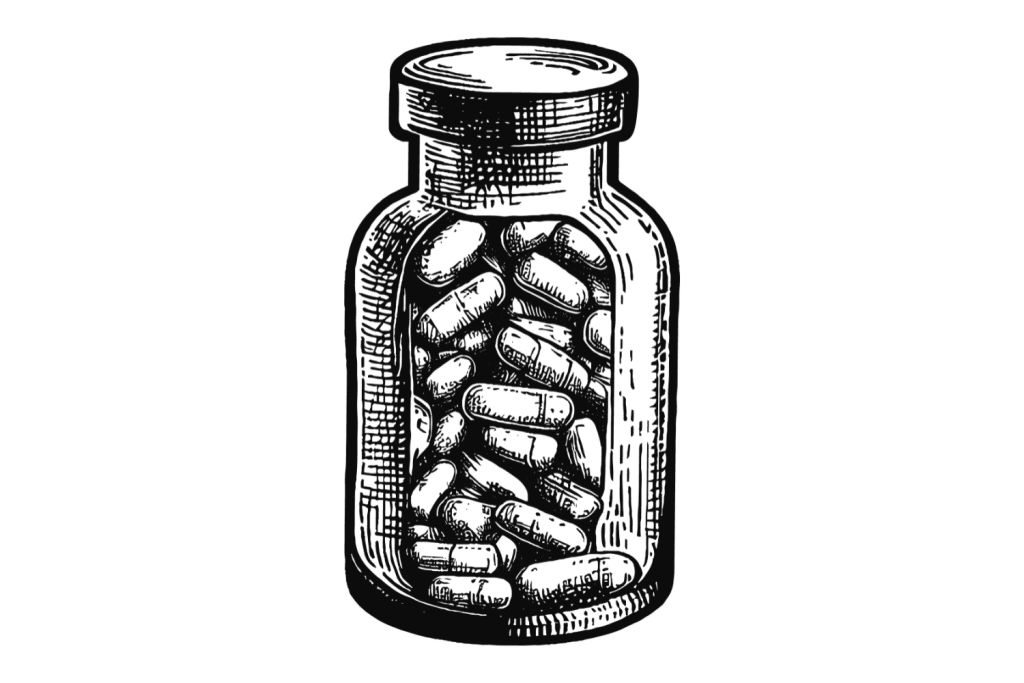
Which ADHD Meds Develop Tolerance?
Stimulant-based ADHD medications carry the highest risk of developing tolerance. Non-stimulant medications used for treating ADHD, like Strattera, carry a very low risk of causing tolerance.
One study in 2022 reviewed a total of 23 research papers and three retrospective case reports across various stimulants [3]. Throughout the paper, the authors reinforce the “clear biological basis for stimulant medication tolerance,” along with the “lack of sufficient research and guidelines.”
This “biological basis” revolves around dopamine and the way stimulants release more of it or inhibit its metabolization. Dopamine is a complex neurotransmitter our bodies naturally produce in our brain responsible for happiness and rewarding behavior [4].
We release dopamine for several reasons and in various circumstances, but one of the consequences of certain actions repeatedly doing this is addictive behavior through reinforcement.
As a potent stimulant, amphetamines release large amounts of dopamine [5], which our brain may become reliant on, producing less of its own [6]. Other options prevent the dopamine floating around from absorption to keep a larger amount in your system [7].
Various factors contribute to dependence and tolerance, but every amphetamine interacts with this critical receptor and/or transmitter.
Can You Develop a Tolerance to Vyvanse?
The unique structure and mechanisms of lisdexamfetamine — or its brand name, Vyvanse — have led to speculation into whether it builds tolerance.
Here’s why…
Molecularly speaking, lisdexamfetamine is a prodrug — meaning it converts to an active drug after metabolization.
Some studies point to the lower risk of abuse potential due to the removal of options like insufflation (snorting) since consuming it can’t increase the effect or onset [8]. This study also found “Lisdexamfetamine did not serve as a positive reinforcer in cocaine-trained rats.”
Their conclusion is the creation of a molecule without creating as rewarding of an effect makes it less likely to lead to dependence or build a tolerance. However, this seems highly unlikely from a pharmacological perspective.
Lisdexamfetamine converts after metabolization into dextroamphetamine (d-amphetamine) and the natural amino acid l-lysine [9]. D-amphetamine is the main ingredient of generic and brand-name Adderall medications and is the main reason for tolerance build-up [5].
It’s hard to see a strong case for d-amphetamine causing a tolerance from one source but not another. One study examined these claims in 2017, concluding:
“The pharmacokinetics and pharmacodynamics of lisdexamfetamine are similar to d-amphetamine administered 1h later. Lisdexamfetamine is likely associated with a similar risk of oral abuse as d-amphetamine” [10].
Just because you’re forced to take a medication orally doesn’t mean you can’t use it abusively or form a dependence on it.
How Quickly Does Tolerance Develop?
Tolerance development depends on physiological makeup, the medication you’re taking, and several other factors. People who take a drug in high doses frequently throughout the course of the day will develop tolerance much faster than someone who takes it periodically in lower doses.
Different drugs also lead to tolerance at different rates.
In general, the stronger the drug, the higher the dose, and the more frequently you use it — the faster you’ll start to experience tolerance.
In general, with stimulant drugs used for treating ADHD, tolerance can form in as little as 2 weeks or as long as about 6 months.
Why Do Some People Experience Tolerance, While Others Don’t?
While we have potential neurological mechanisms to suggest a capability for tolerance, researchers still aren’t sure why some people experience this, and others don’t.
With that said, everybody is different, and our responses to various drugs can vary significantly.
Some people may have a harder time metabolizing ADHD medications — leading to increased exposure and heightened risk of tolerance formation.
Others may have genetic differences in receptor activity — causing the body to react more quickly or more slowly.
Others may experience tolerance because they’re using a higher dose or taking the drug more frequently.
To get a better understanding of why some people experience tolerance and others don’t compare the different types of tolerance that can form [3]:
- Early Tolerance — When medication’s effectiveness decreases significantly within days or weeks. Reviews of scientific literature led the researchers to believe this was not a very common occurrence.
- Late Tolerance — A gradual wearing off of medication efficacy over months or years before it becomes substantially less effective. This is the most common form of tolerance build-up with stimulant medications.
- Complete Tolerance — When medication is no longer effective, even to a lesser degree. Very rare, complete tolerance means no amount of your medication will affect you.
In the HBO documentary about the over-prescription of opioids, a former heroin addict named Gary Blinn, shown below in the trailer, is an example of a rare case of complete tolerance.
In the documentary, Blinn tells the story of a continual push in his prescription to answer for lack of efficacy. In the end, Blinn was prescribed 25 of the highest strength Oxycontin — a powerful, long-lasting opioid with a high potential for overdose — twice per day [11].
At the time, the highest dose available was 160 mg which means Blinn was consuming 4,000 mg of the drug twice a day when the starting dose for most patients was 5–20 mg. He said it was “like eating a bowl of Cheerios in the morning,” yet he felt no effect.
How Do I Know If I’m Tolerant to My Stimulants?
If you’re finding your medication to be less effective or ineffective entirely, you likely have built up a tolerance.
This may look different depending on its form:
- Short-Term Tolerance — Your medications feel less effective, but they’re still working to some extent. This can change from day to day or remain consistent.
- Long-Term Tolerance — Your doctor has made a conscious choice to increase your medication dosage because the drug is no longer effective at the original dose.
- Complete Tolerance — Even after several increases in the dose, your medication has become ineffective.
What Factors Impact Tolerance?
Research into the topic of tolerance is scattered and sporadic, but it can be broken down into four main categories:
- Physical and Metabolic Changes — ADHD medications are absorbed through the digestive tract, metabolized by the liver, and eliminated via the kidneys. Differences in physiology that impacts any of these organ systems could lead to either faster or slower tolerance formation.
- Worsening of the Condition — if the condition you’re treating is getting worse, you’ll need to keep increasing the dose of your medications to remain effective. Higher doses lead to faster tolerance formation.
- Change of Setting — Changes in stress levels and resilience can affect the efficacy of your medications, potentially leading to higher doses, changes in the frequency of use, and even the risk of abusing the medications. All of this can affect tolerance.
- “Paradoxical Decompensation” — This term refers to the theory surrounding the effects of amphetamine dependence on receptors. Some question if the amphetamines deteriorate the receptor over time, leading to dependence on higher doses [12].
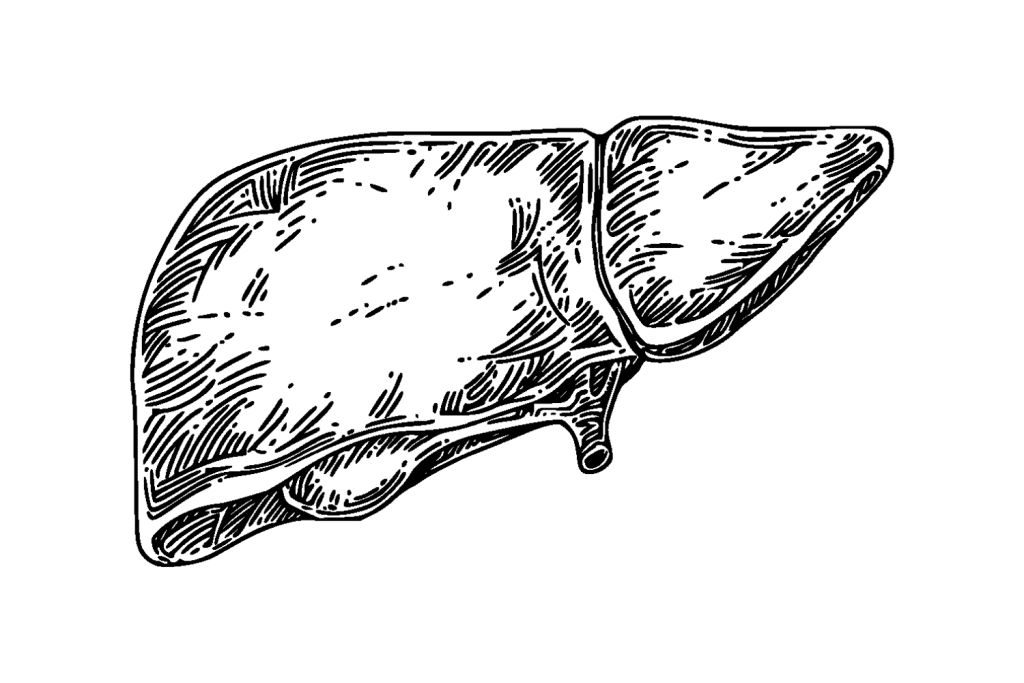
How Do I Reset My Tolerance?
While tolerance is often inevitable, it is also reversible in most cases. Drug holidays, regular tolerance breaks, and changes in medication can all help return a tolerance to baseline in most instances.
Resetting Tolerance Through Drug Holidays
Unlike standard “off” days, drug holidays involve week-long (or more) vacations from your medication. People often do this on actual vacations, electing to leave their productivity medication at home while they only have to focus on relaxation.
One study found this to be a prevalent practice among families with their children, giving them a break on school holidays [13]. They link the practice with a “positive impact on child growth” and say “shorter breaks could reduce insomnia and improve appetite.”
It’s easy when your vacations are built-in to your life as a child, but this is important for adults as well. It’s easy to get wrapped up in work and skip the care we need for ourselves to ensure our medication is as effective as it can be.
If you can’t take an actual vacation, pick a week with a light workload and try to take a break for the whole week. If this seems impossible, pick a couple of “dose” days to work ahead and take a five-day break.
Just because we don’t get out for Spring break anymore doesn’t mean we shouldn’t take a holiday from our medication.
Managing Tolerance Through Regular Breaks
The best offense is a good defense — dedicating a couple of days a week or month to not needing your medication keeps your tolerance down in the short term. It’s possible to maintain your current dosage longer through this, with many keeping the same dosage or minor increases for several years.
Usually, these days are on weekends or days without much to accomplish. If you can get in the habit of ensuring you have all crucial tasks completed within five days, you can leave two open for the possibility of having lower focus.
Some medications — like SSRIs and other antidepressants — require regular use to maintain efficacy, but this is not the case with amphetamines. Pharmacologically, it’s immensely beneficial to have off days from your medication, and it will only improve how well they work on days when you do take them.
Managing Tolerance Through a Change in Medication
Changing between classes of ADHD medications for a time can help reset your tolerance on your prescription of choice. Broadly speaking, this would be a change between amphetamines (brand names like Adderall and Vyvanse) and a methylphenidate option (brand names like Ritalin or Concerta.)
While they serve a similar purpose, they do so in slightly different ways. While amphetamines release large amounts of dopamine, methylphenidate blocks the reuptake — or absorption — of dopamine, thereby increasing the amount of dopamine in the brain [7].
Both options have the same potential for building tolerance, but some studies find switching between them can reset the tolerance of the starting medication [3].
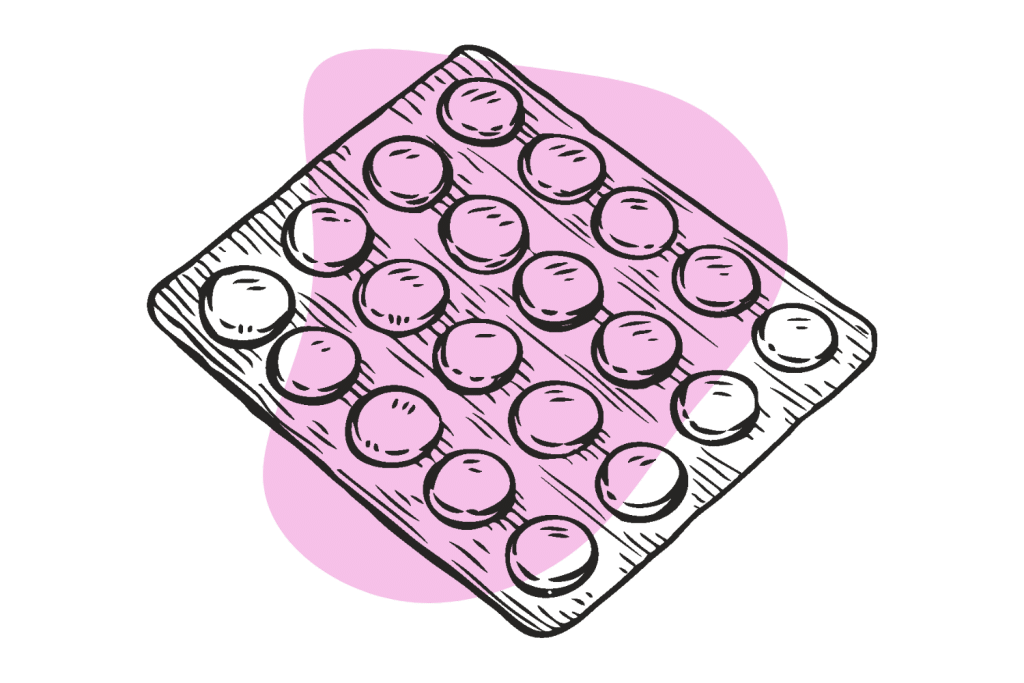
Adderall/Vyvanse Tolerance FAQ:
Here are some of the common questions people ask when it comes to tolerance with stimulant medications:
1. Why Didn’t My Doctor Recommend Taking Tolerance Breaks?
Currently, no provider of ADHD medication explicitly recommends taking tolerance breaks. To be fair, in some cases — such as a prescription for narcolepsy — tolerance breaks are hard to come by.
Unfortunately, without clear direction from manufacturers and producers of these medications, many healthcare providers don’t feel comfortable encouraging breaks. Even medications like dextroamphetamine, with proven potential for rapid tolerance build-up, don’t have the caution of this need for prescribers.
2. Should Everyone on ADHD Medication Take Tolerance Breaks?
If you can, you should. ADHD medication is a vital tool for a large percentage of the people it helps, but most people can deal with a day or two without it. Unless you’re in an extreme circumstance where you are not able to do so, tolerance breaks are essential.
Even if you only can do so once or twice a month, it can be immensely beneficial for the efficacy of your medication. Less is more when it comes to tolerance, and it’s always better to keep your dependence and tolerance as low as possible.
3. How Do I Talk To My Prescriber About My Medication Not Working?
Hopefully, your prescriber is on your side and open to discussing these things — they’ll be more helpful than we can be. If you have a general understanding of what’s happening, bring it to them and see if you can determine a solution together.
You may be due for a dosage increase, a drug holiday, or even a new form of medication. They’ll understand your story and the history of your treatment which can help point you toward your best path forward.
4. Do All ADHD Medications Require Tolerance Breaks?
Technically speaking, none of them do — none of the drug history sheets manufacturers and producers include mention tolerance breaks at all. However, everyone can benefit from them, and every stimulant medication has the potential to build up tolerance.
Always try to start with the lowest dose available and work your way up as slowly as possible, taking plenty of tolerance breaks and drug holidays along the way. The longer you can maintain your current dosage, the better.
References
- Treatment of ADHD When Tolerance to Methylphenidate Develops | Psychiatric Services. (n.d.). Retrieved May 6, 2023, from https://ps.psychiatryonline.org/doi/full/10.1176/appi.ps.53.1.102
- Mitchell, D. C., Knight, C. A., Hockenberry, J., Teplansky, R., & Hartman, T. J. (2014). Beverage caffeine intakes in the U.S. Food and Chemical Toxicology: An International Journal Published for the British Industrial Biological Research Association, 63, 136–142. https://doi.org/10.1016/j.fct.2013.10.042
- Handelman, K., & Sumiya, F. (2022). Tolerance to Stimulant Medication for Attention Deficit Hyperactivity Disorder: Literature Review and Case Report. Brain Sciences, 12(8), 959. https://doi.org/10.3390/brainsci12080959
- Juárez Olguín, H., Calderón Guzmán, D., Hernández García, E., & Barragán Mejía, G. (2016). The Role of Dopamine and Its Dysfunction as a Consequence of Oxidative Stress. Oxidative Medicine and Cellular Longevity, 2016, 9730467. https://doi.org/10.1155/2016/9730467
- Calipari, E. S., & Ferris, M. J. (2013). Amphetamine Mechanisms and Actions at the Dopamine Terminal Revisited. The Journal of Neuroscience, 33(21), 8923–8925. https://doi.org/10.1523/JNEUROSCI.1033-13.2013
- Sproson, E. J., Chantrey, J., Hollis, C., Marsden, C. A., & Fonel, K. C. (2001). Effect of repeated methylphenidate administration on presynaptic dopamine and behavior in young adult rats. Journal of Psychopharmacology (Oxford, England), 15(2), 67–75. https://doi.org/10.1177/026988110101500202
- Capp, P. K., Pearl, P. L., & Conlon, C. (2005). Methylphenidate HCl: Therapy for attention deficit hyperactivity disorder. Expert Review of Neurotherapeutics, 5(3), 325–331. https://doi.org/10.1586/14737175.5.3.325
- Heal, D. J., Buckley, N. W., Gosden, J., Slater, N., France, C. P., & Hackett, D. (2013). A preclinical evaluation of the discriminative and reinforcing properties of lisdexamfetamine in comparison to D-amfetamine, methylphenidate, and modafinil. Neuropharmacology, 73, 348–358. https://doi.org/10.1016/j.neuropharm.2013.05.021
- Goodman, D. W. (2010). Lisdexamfetamine Dimesylate (Vyvanse), A Prodrug Stimulant for Attention-Deficit/Hyperactivity Disorder. Pharmacy and Therapeutics, 35(5), 273–287. https://www.ncbi.nlm.nih.gov/pmc/articles/PMC2873712/
- Dolder, P. C., Strajhar, P., Vizeli, P., Hammann, F., Odermatt, A., & Liechti, M. E. (2017). Pharmacokinetics and Pharmacodynamics of Lisdexamfetamine Compared with D-Amphetamine in Healthy Subjects. Frontiers in Pharmacology, 8, 617. https://doi.org/10.3389/fphar.2017.00617
- Gibney, A. (Director). (2021). The Crime of the Century [Documentary; Limited Series]. HBO.
- Yanofski, J. (2011). The Dopamine Dilemma—Part II. Innovations in Clinical Neuroscience, 8(1), 47–53. https://www.ncbi.nlm.nih.gov/pmc/articles/PMC3036556/
- Ibrahim, K., & Donyai, P. (2015). Drug Holidays From ADHD Medication: International Experience Over the Past Four Decades. Journal of Attention Disorders, 19(7), 551–568. https://doi.org/10.1177/1087054714548035

